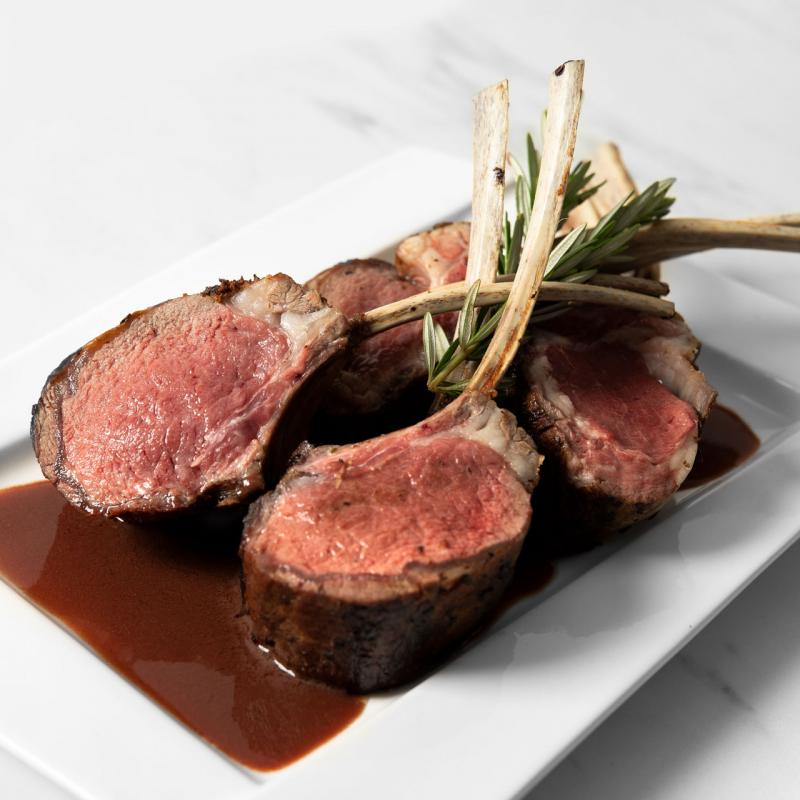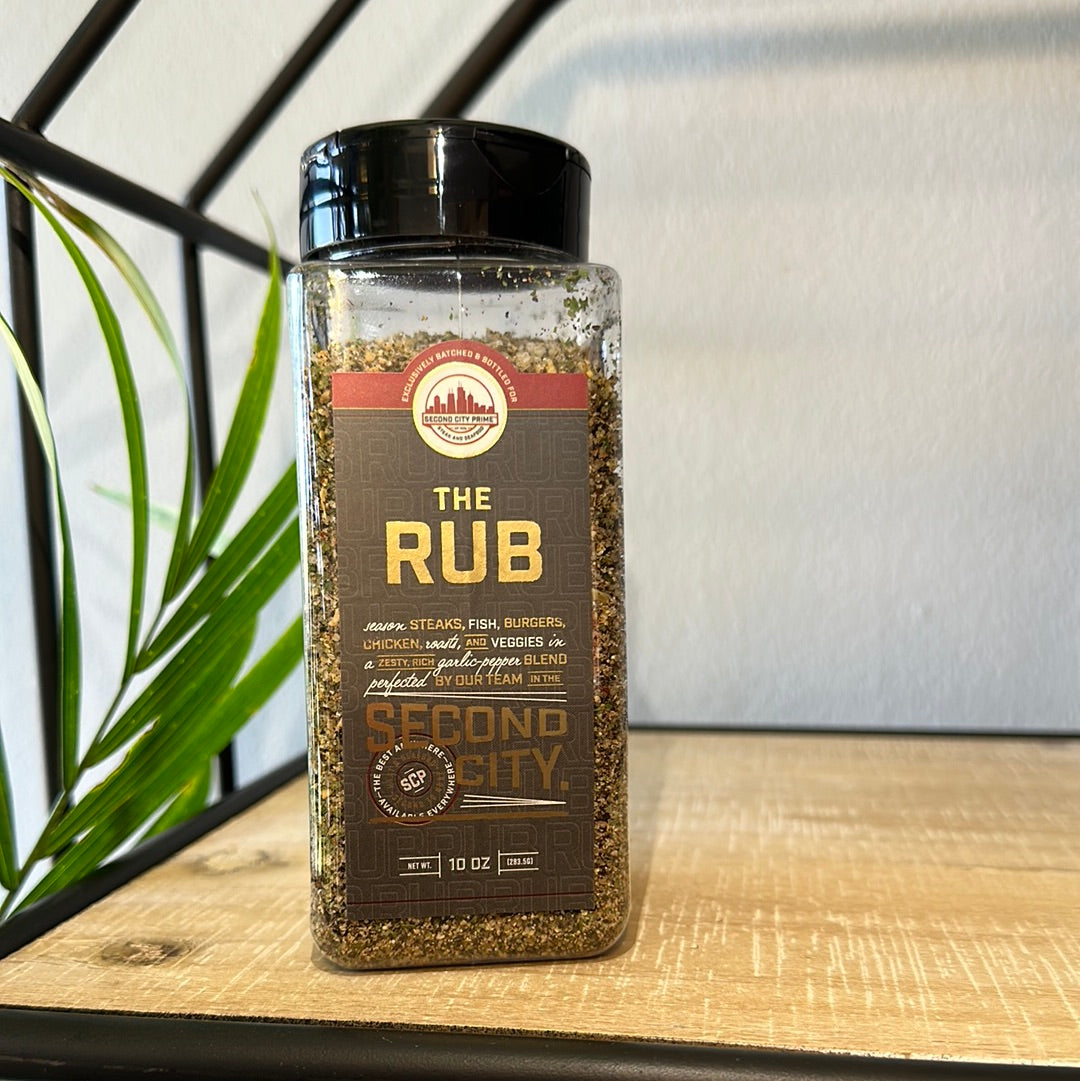Cooking Wagyu Burgers to Perfection: Expert Techniques for Exceptional Results
Cooking Wagyu burgers requires a different approach than conventional beef to honor the exceptional quality and unique characteristics of this premium meat. The extraordinary marbling and lower melting point of Wagyu fat creates both opportunities and challenges when cooking. This comprehensive guide will walk you through professional techniques to achieve the perfect Wagyu burger experience, balancing a magnificent sear with a juicy, tender interior that showcases Wagyu's distinctive qualities.
Understanding Wagyu's Unique Properties for Cooking
Fat Behavior During Cooking
- Wagyu fat begins melting at approximately 77°F/25°C (vs. 95°F/35°C for conventional beef)
- This lower melting point means faster rendering and more rapid cooking
- The abundant intramuscular fat acts as an internal basting mechanism
- Rendered fat can cause flare-ups on grills if not managed properly
Texture Development Affects Final Results
- Proper cooking preserves the distinct particles of meat and fat
- These particles create pockets that trap moisture during cooking
- Overcooked Wagyu loses its distinctive texture and becomes dry despite the fat content
- Proper temperature control is significantly more critical than with conventional beef
Preparing Wagyu Patties for Cooking
Optimal Patty Formation
- Cold but not frozen meat: Work with refrigerated, not frozen patties
- Minimal handling: Form patties with gentle pressure to avoid compaction
- Thickness consideration: 3/4" to 1" thick for standard burgers; 2-3 oz balls for smash burgers
- Temperature rest: Allow formed patties to rest in refrigerator for 30-60 minutes before cooking
The Dimple Technique
- Center indentation: Press a shallow dimple (~1/4" deep) in center of patty
- Edge thickness: Maintain thicker edges than center
- Purpose: Compensates for natural contraction during cooking
- Result: Flat, even patties rather than rounded ones
Seasoning Strategy
- Timing: Season immediately before cooking, not in advance
- Salt type: Coarse kosher salt or sea salt for better control and adhesion
- Coverage: Even but not excessive application across entire surface
- Pepper consideration: Add after cooking to avoid burning
Cooking Methods: Choosing the Right Approach
Cast Iron Skillet: The Gold Standard
- Heat retention: Maintains consistent temperature
- Surface contact: Creates sear and crust
- Fat management: Retains rendered fat for flavor
- Temperature control: Highly responsive
High-Performance Gas Grill
- Two-zone setup: Hot searing + moderate cooking zones
- Preheating: 15-20 minutes for max temp
- Lid management: Cook with lid open to monitor flare-ups
- Grate quality: Cast iron preferred
Charcoal Grilling
- Coal arrangement: High and indirect heat zones
- Chimney starter: Fully lit, ashed-over coals
- Height adjustment: For better heat control
- Hardwood option: Adds subtle smoke flavor
Flat Top Griddle for Smash Burgers
- Target temp: 450-500°F (232-260°C)
- Surface prep: Light oil before use
- Spatial management: Don't crowd patties
- Scraping: Use sharp metal spatula
Temperature Management: The Critical Factor
Starting Temperature
- Cold but not frozen: 38-40°F (3-4°C)
- Room temp rest: Not recommended
- Consistent patty temp: For even cooking
- Equipment preheat: Fully hot surface required
Cooking Temperature by Method
- Cast iron skillet: 450-500°F
- Gas grill: 550-600°F
- Charcoal grill: 400-450°F
- Flat top: 450-500°F
Internal Temperature Targets
- Rare: 120-125°F - too rare for ground beef
- Medium-rare: 130-135°F - ideal
- Medium: 140-145°F - max recommended
- Well-done: Not recommended
Carryover Cooking Consideration
- Pull 5-7°F below target
- Thicker patties = more carryover
- Rest in warm environment
Cooking Time Guidelines
- Medium-rare: ~3 mins per side (standard patties)
- Medium: ~4 mins per side
- Smash burger: 1.5-2 mins first side, 30-45 sec second side
- Cheese: Add after flipping
Specialized Techniques for Wagyu Burgers
The Butter Basting Method
- Sear one side, flip, add butter and aromatics
- Baste continuously
The Double-Stack Approach
- Form two 4oz patties
- Cook separately
- Stack with cheese in between
The Edge Searing Technique
- Sear top/bottom first
- Then roll patty on edge
Fat Management During Cooking
Flare-Up Prevention
- Place patties away from direct flame
- Keep a cool zone ready
- Use spritz bottle if needed
Rendered Fat Utilization
- Toast buns in it
- Sauté onions, mushrooms
- Make pan sauces or coffee-infused sauce
Equipment Recommendations
- Deep-walled pans
- Splatter screens
- Cast iron grill press
- Infrared thermometer
The Art of the Flip: When and How Often
Single Flip vs. Multiple Flips
- Flip every 45-60 seconds
- First flip: After crust forms
Proper Flipping Technique
- Use thin metal spatula
- Slide under completely
- Place gently back
Cheese Application Methodology
Optimal Timing
- Apply 45-60 sec before done (standard)
- Apply immediately after flip (smash)
Melting Enhancement Techniques
- Doming
- Water-steam trap
- Broiler finish
- Culinary torch
Cheese Selection
- American, young cheddar preferred
- Use two thin slices
- Let cheese reach room temp
Resting Periods
Standard Protocol
- 2-3 mins (standard), 3-5 mins (thicker)
- Tent with foil if cool
The Elevated Rest
- Use wire rack
- Promotes even cooling
Common Resting Mistakes
- Stacking, cold surfaces, resting too long, tight foil wrapping
Special Considerations for Wagyu Types
Japanese A5
- Lower temp, less time
- Minimal seasoning
American Wagyu
- Standard method, can handle bolder seasoning
Australian Wagyu
- Intermediate method
- Treat MBS 9+ like Japanese A5
Professional Tips
"Pull at medium-rare for perfect texture." — Nancy Silverton
"Preheat pan fully; don't rest Wagyu like steak." — David Chang
"Use rendered fat for bun toasting." — Angie Mar
Common Cooking Mistakes
Temperature
- Warm meat, underheated pan, frozen meat, inaccurate thermometer
Technique
- Pressing patties, moving too often, flipping too soon
Post-Cooking
- No resting, cold buns, late service, poor storage
Cooking for Different Burger Styles
Classic Thick Burgers
- High heat sear, then medium-high to finish
- Rest 3-5 minutes
Smash Burgers
- 450-500°F, smash on contact
- Use thin spatula
Stuffed Burgers
- Lower temp, longer cook, 5-min rest
Special Occasions: Wagyu Burger Flights
Flight Composition
- Japanese, American, Australian Wagyu
- 2-3oz each, identical cooking, minimal toppings
Presentation Strategy
- Serve delicate to bold, mark clearly, include palate cleansers
Conclusion
With precision, care, and understanding of Wagyu's unique properties, you can craft extraordinary burgers. Whether thick or smashed, these techniques unlock Wagyu's full potential—crusty outside, tender inside, and rich, buttery flavor.
Tags
Wagyu burger cooking, how to cook Wagyu burgers, perfect Wagyu temperature, Wagyu burger techniques, cooking premium burgers, Wagyu burger doneness, Wagyu smash burger
```





Leave a comment